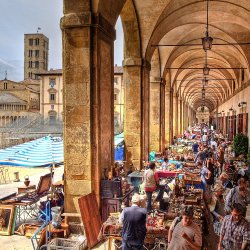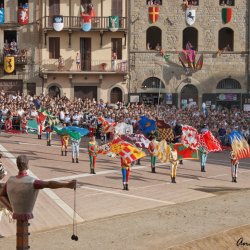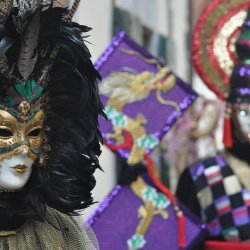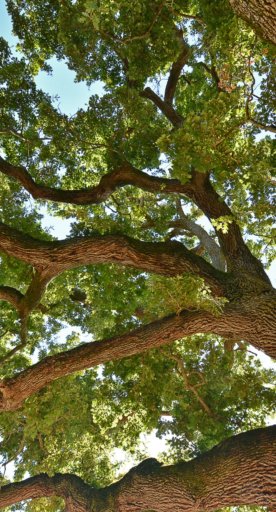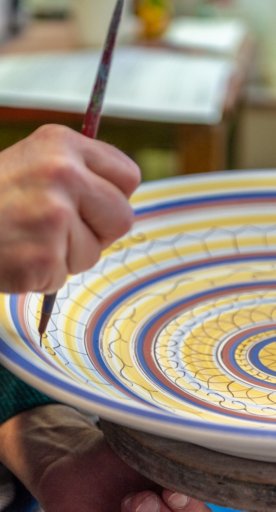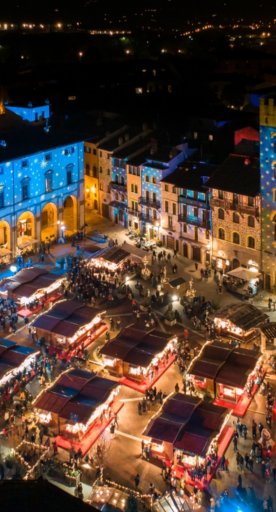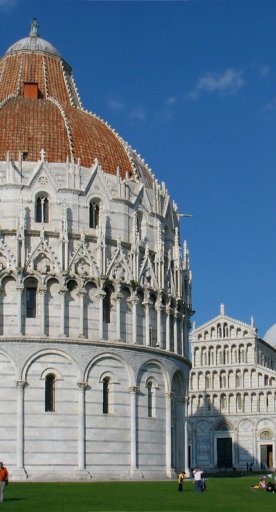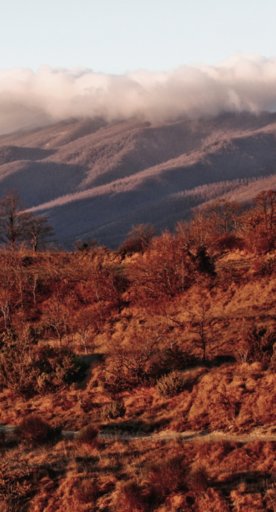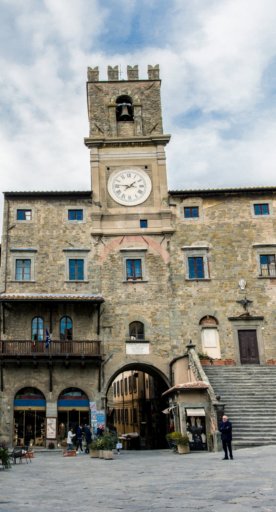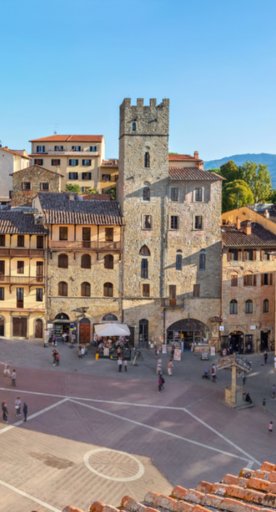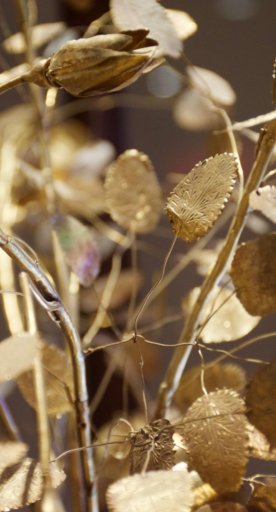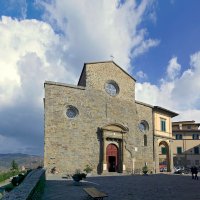

Between art and wonder in the footsteps of San Francesco
Each step taken on the Via Di Francesco in Tuscany is an opportunity to discover works of art, sacred buildings, and miraculous places linked to the saint
Tuscan paths that retrace the footsteps of Italy's patron saint unite small and large places that were important in the saint's life and for Franciscanism. Kept in basilicas and small sacred buildings, where prodigious events occurred, there are important artistic works dedicated to the saint but also minor works that show how widespread his cult was.
Here are some places of St. Francis that aroused and still arouse great emotions, such as the Sasso Spicco, where the saint paused in prayer, or the Eremo delle Celle (Hermitage of Le Celle), a sacred place of peace and nature.
-
1.The Basilica di Santa Croce (Basilica of the Holy Cross)
-
2.The Sanctuary of La Verna
-
3.Hermitage of Cerbaiolo
-
4.Sansepolcro
-
5.The Convent of Montecasale
-
6.The Hermitage of the Casella
-
7.The Castle of Montauto
-
8.Sestino
-
9.Arezzo
-
10.Castiglion Fiorentino
-
11.The Hermitage Le Celle
The Basilica di Santa Croce (Basilica of the Holy Cross)
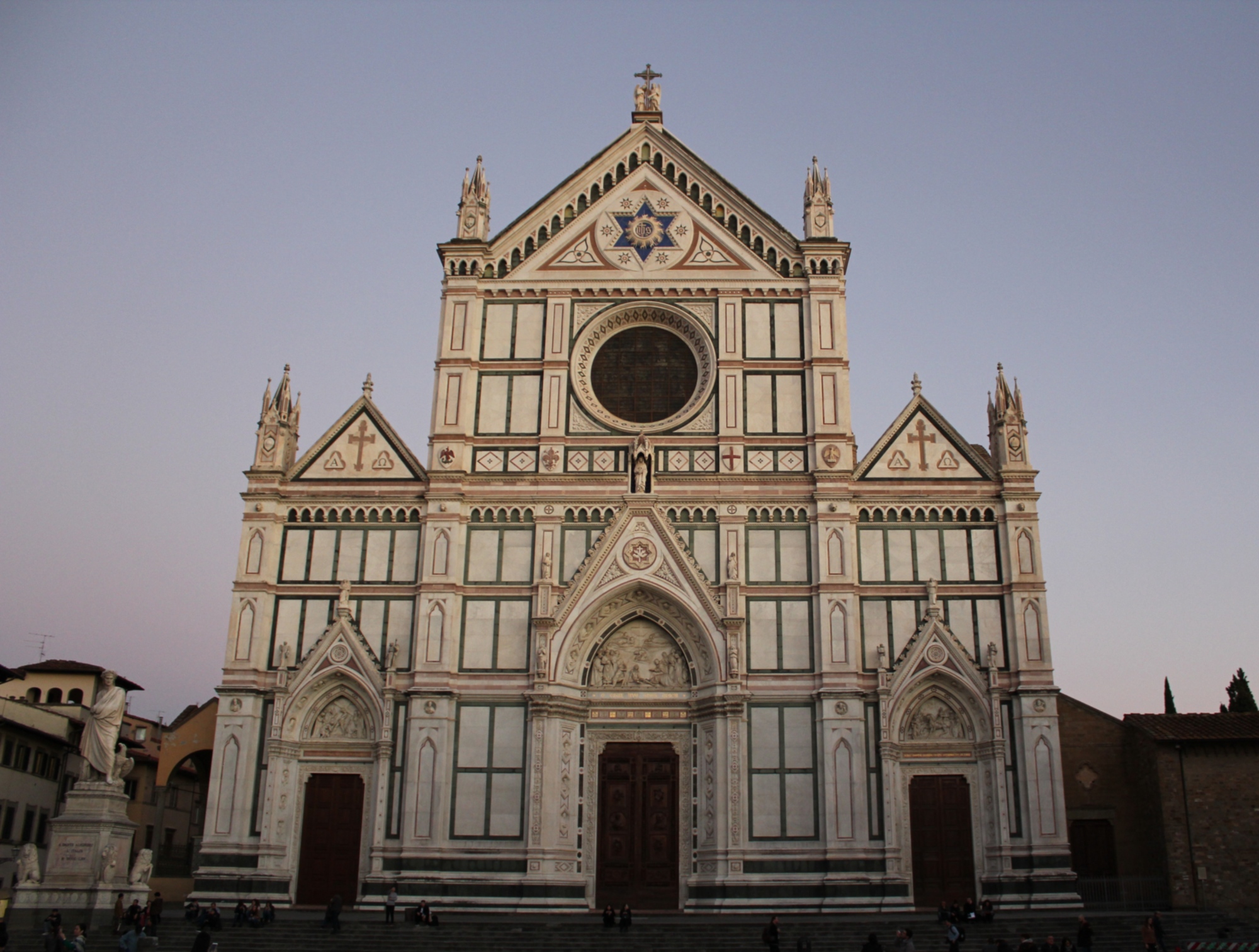
One of the largest Franciscan churches in the world, the Basilica di Santa Croce is the starting point of the Via di Francesco in Tuscany and stands in all its magnificence in the square of the same name in Florence. It houses in the Bardi Chapel a cycle of frescoes and drywall paintings depicting in six scenes the Episodi della vita di San Francesco e figure di santi francescani (Episodes from the life of St. Francis and figures of Franciscan saints), including the main one of the Stimmate di San Francesco (Stigmata of St. Francis), works created around 1325 at the hands of Giotto.
The Sanctuary of La Verna
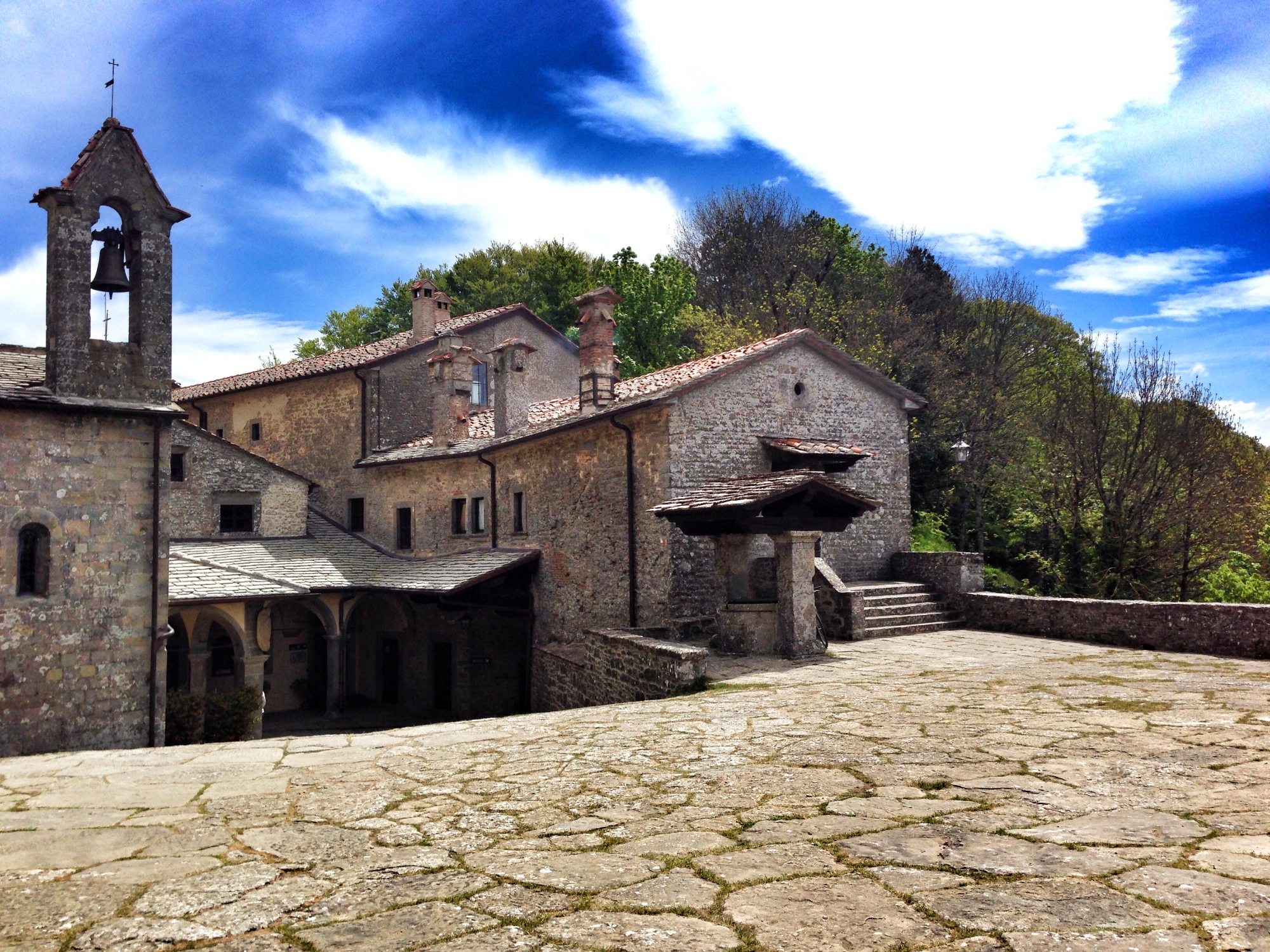
Nestled in the majestic beech and silver fir trees of the Casentinesi Forests, Mount Falterona and Campigna National Park, the Sanctuary of La Verna rises perched on the slopes of Mount Penna a few kilometers from Chiusi della Verna. In this place of faith and nature St. Francis received the stigmata in 1224.
Hermitage of Cerbaiolo
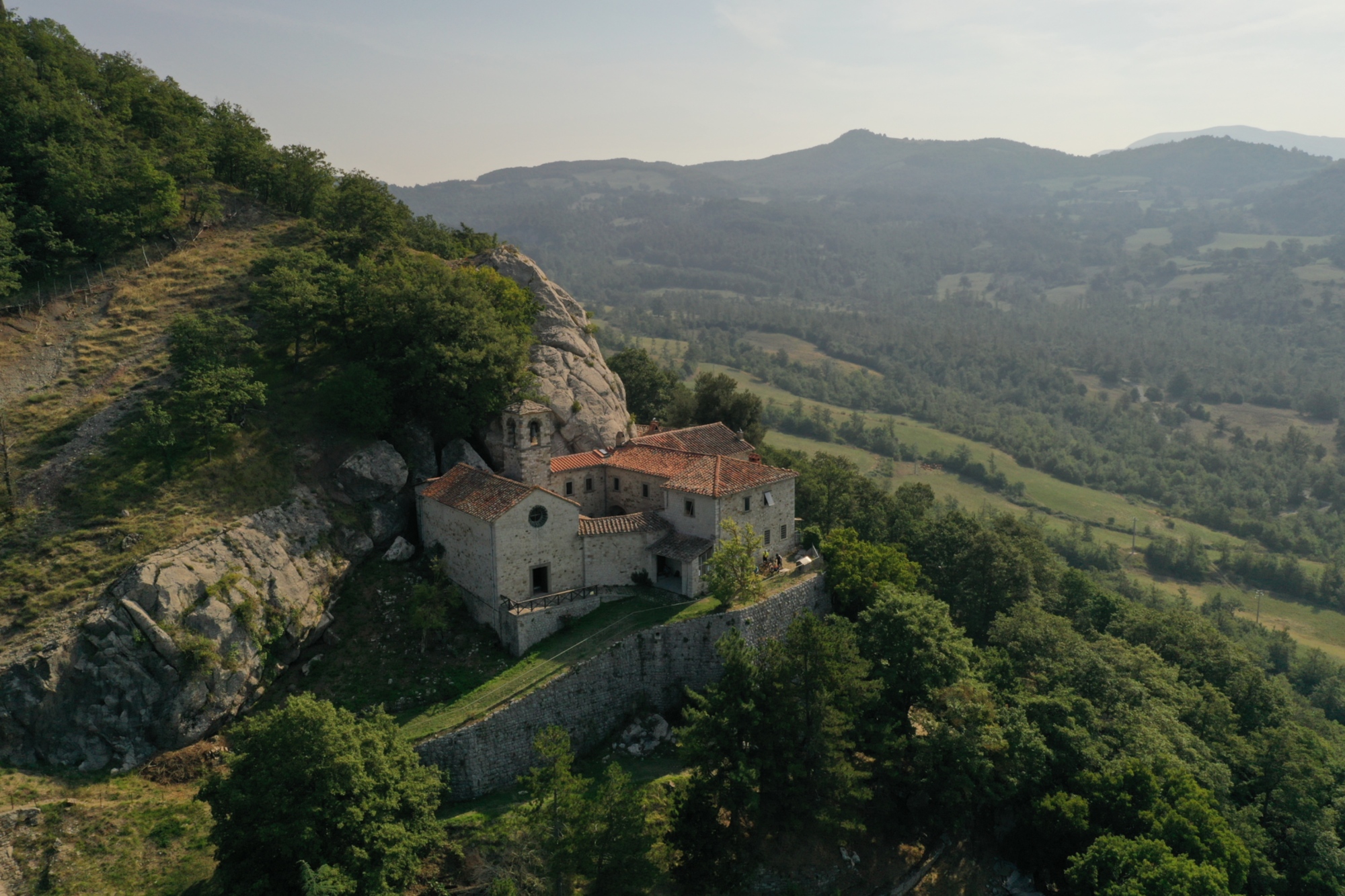
An inaccessible hermitage nestled in the wilderness on the outskirts of Pieve Santo Stefano in the Alta Valle del Tevere, the Hermitage of Cerbaiolo recalls, in a smaller size, that of the Sanctuary of La Verna. It was given as a gift to St. Francis and inhabited by the Franciscan Friars Minor until the late 1700s and it astonishes with its wild and mystical beauty.
Sansepolcro
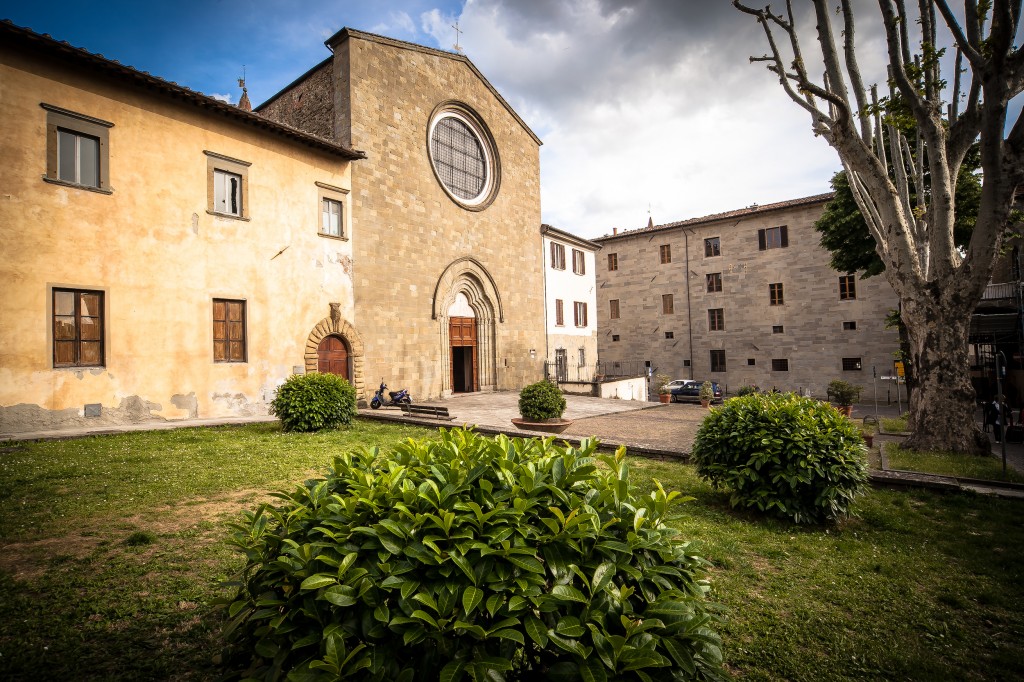
An ancient village in the Alta Valtiberina, Sansepolcro was an important stage in the pilgrimages of St. Francis to and from La Verna. It encloses within its centuries-old walls historic palaces of historical and artistic value that preserve the works by Piero della Francesca, who was born here, and sacred buildings such as the church of St. Francis, devoted to cult of Sant Francis.
The Convent of Montecasale
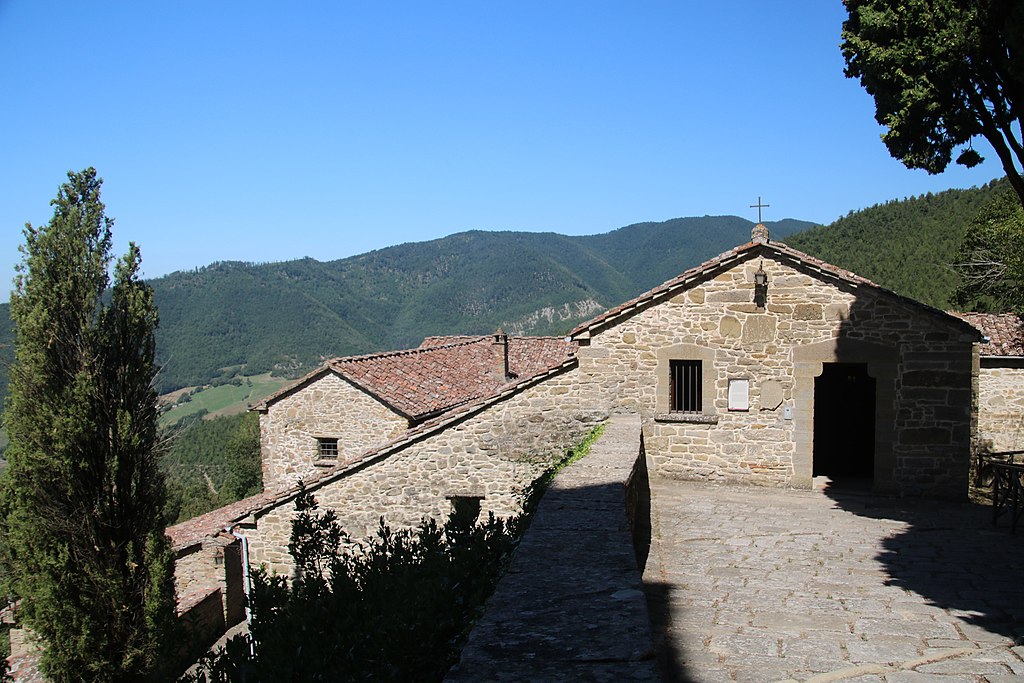
Surrounded by unspoiled nature on the outskirts of Sansepolcro, the convent of Montecasale is another important place of Franciscan spirituality. Erected on the ruins of an ancient military fortress, it belonged to the Camaldolese order and was later donated to St. Francis; here the Franciscan friars remained until 1268. There are many places in the convent that celebrate the saint, among them the Sasso Spicco, an imposing and striking rock where St. Francis used to sing the praises of God, and a spring that seems to have originated thanks to one of his miracles.
The Hermitage of the Casella
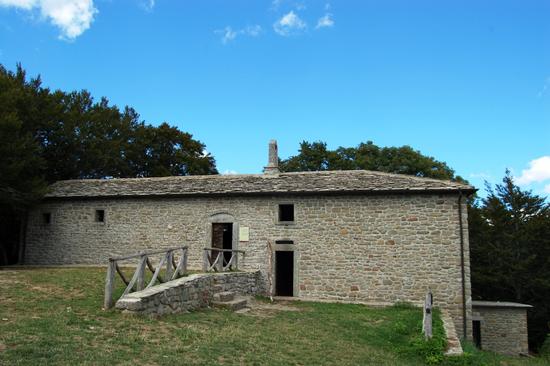
In the heart of the Tuscan Apennines, the Hermitage of the Casella rises in the vicinity of Caprese Michelangelo. Nestled on the summit of Mount Foresto and pervaded by a unique atmosphere of silence and mysticism, it is the site of St. Francis' last farewell in La Verna.
The Castle of Montauto
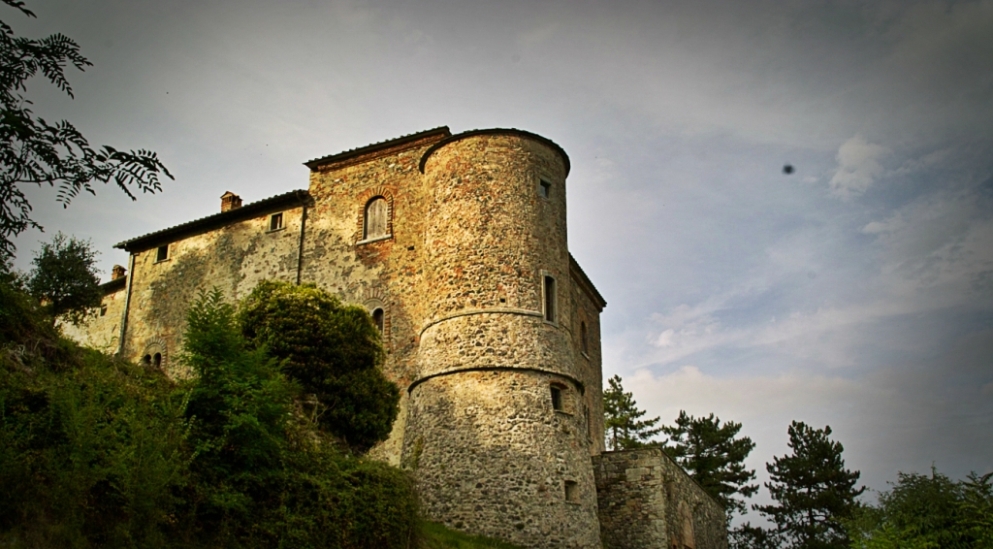
Erected in the 12th century in a dominant position between Casentino and Alta Valtiberina, near the riserva naturale dei Monti Rognosi (Monti Rognosi nature reserve), the castle of Montauto is owned by the noble Barbolani family. A guest of the manor, St. Francis was given hospitality here during his pilgrimages from La Verna to Assisi and gave, in his memory, to the devout Count Alberto II Barbolani his own cassock, a relic preserved at the Sanctuary of La Verna.
Sestino
A historic village in the Arezzo area on the border with the Marche region, Sestino is the easternmost town in Tuscany. It is home to the Romanesque parish church of San Pancrazio, a sacred building embellished with a striking Byzantine crypt and guardian of the Stimmate di San Francesco, an 18th-century painting.
Arezzo
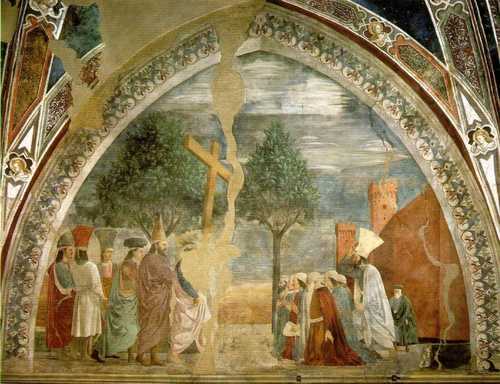
The splendid city of Arezzo, which needs little introduction, among its elegant palaces and delicious food and wine products, also hosts religious pearls devoted to the saint. The Basilica of San Francesco whose aesthetic impact is austere and essential, is the custodian of the famous fresco cycle by the great painter Piero della Francesca, Storie della Vera Croce, an authentic treasure of sacred art.
Castiglion Fiorentino
Recognizable from afar with its towering Cassero tower, Castiglion Fiorentino is a village of Etruscan origin and medieval impact. Among historic and sacred buildings, the Romanesque church of St. Francis conceals behind its sober facade typical of the Franciscan order treasures of sacred art, such as frescoes depicting scenes from the saint's life.
The Hermitage Le Celle
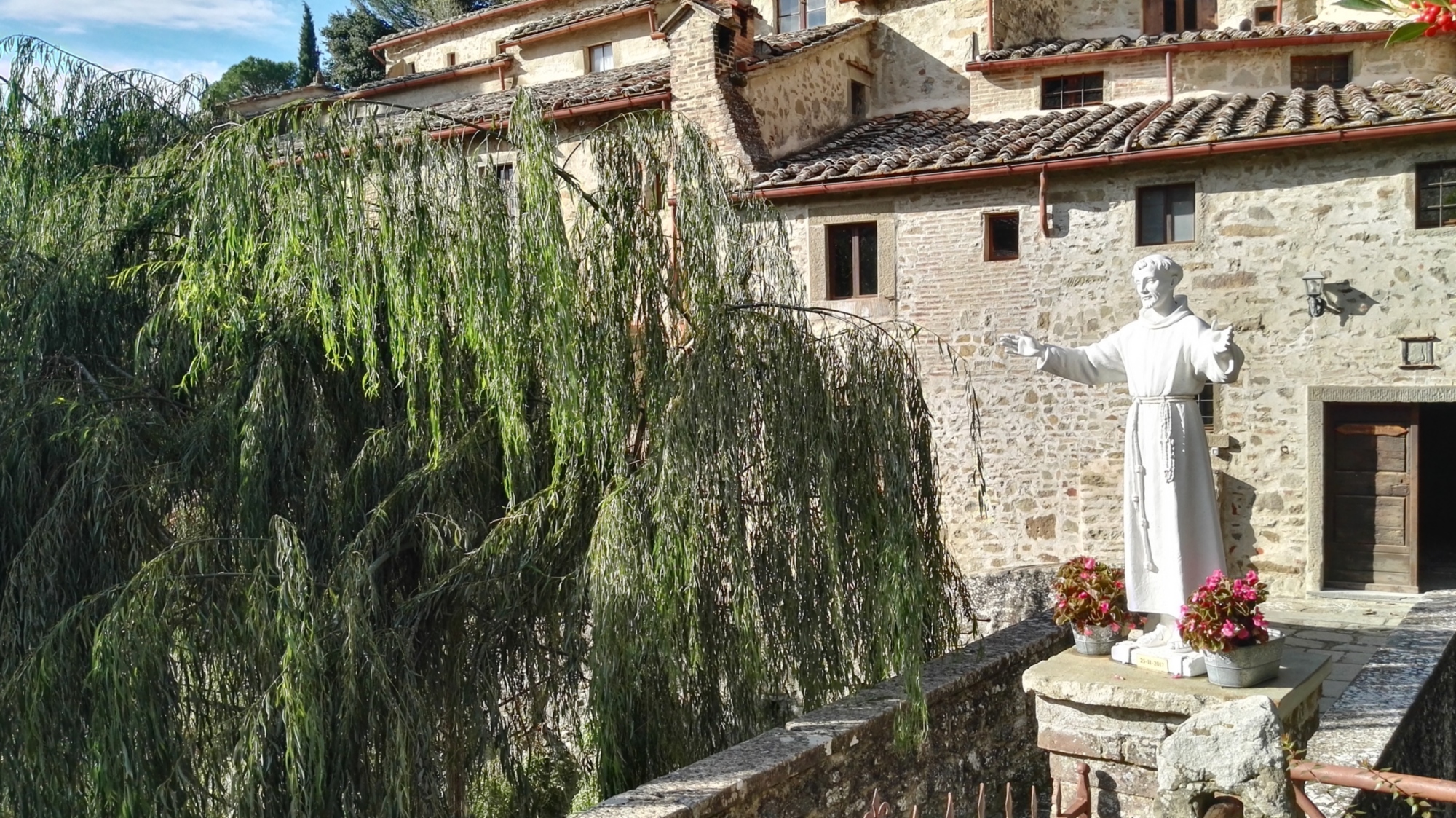
A short distance from the beautiful village of Cortona, a place out of time, the Hermitage Le Celle makes its way through nature. It was the first convent built by St. Francis where, probably at the end of his years, he wrote his will.
